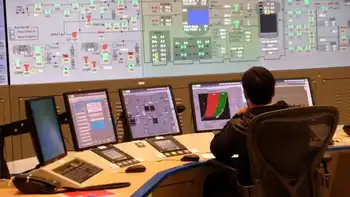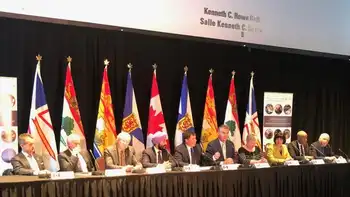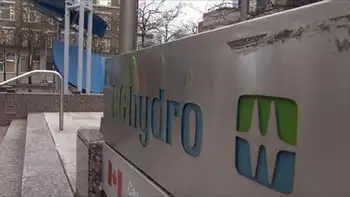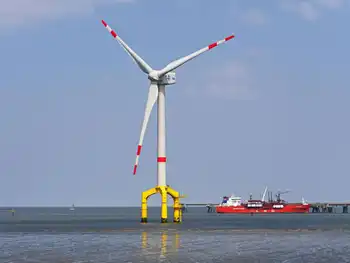Storms are costly, but burying cable costlier
By Knoxville News Sentinel
High Voltage Maintenance Training Online
Our customized live online or in‑person group training can be delivered to your staff at your location.

- Live Online
- 12 hours Instructor-led
- Group Training Available
Now, "This storm will cost KUB about $1.2 million alone... but we're still counting," said Bill Elmore, KUB's senior vice president and chief operating officer, after the storms that struck Knoxville and much of the Southeast over the week of April 25.
All told, the local utility suffered 115 broken utility poles, about 100 damaged power transformers and some six miles of electrical lines that had to be restrung. The damage also left more than 44,000 KUB customers in the dark at the peak of the outages.
"I'd never seen anything like this," said KUB Engineering Manager Gabriel Bolas, who joined the utility the year after Knoxville's great blizzard of March 1993.
So if a stiff wind and a few old trees can cause that much trouble, asked Knox Know-it-all, then why not bury all of the grid's power lines underground?
Actually, that's become the preference for most local developers when they install the utility infrastructure for new subdivisions and other projects.
"Virtually everything that's going in today is going underground, and has been for the last 15 years," Elmore said. "It's a good choice. And aesthetically, it's more pleasing."
As a result, KUB's 5,200 miles of electrical lines now include about 900 miles below ground.
Burying the above-ground lines, however, is entirely too costly, Elmore said.
KUB officials cited a 2007 study funded by Florida utility companies that found underground conversions would cost, on average, about $1 million per mile.
KUB still offers such conversions as an option for homeowners' groups that ask. Among the four or five requests KUB receives each year, though, the interest usually ends when the first cost estimates are made.
"I haven't averaged one project a year yet," said Bolas. "Only about 1 out of 20 of those actually go forward."
And even when a neighborhood incurs the cost and makes the switch, it still can be susceptible to outages from above-ground breaks elsewhere, he added.
So instead of more digging, KUB maintains a tree-trimming program. The practice has sparked years of customer complaints over heavy-handed pruning and, in turn, the formation of a citizens review panel and dozens of policy changes made last year. As a means of cost effectiveness, though, KUB spends about $5 million a year on tree trimming.











